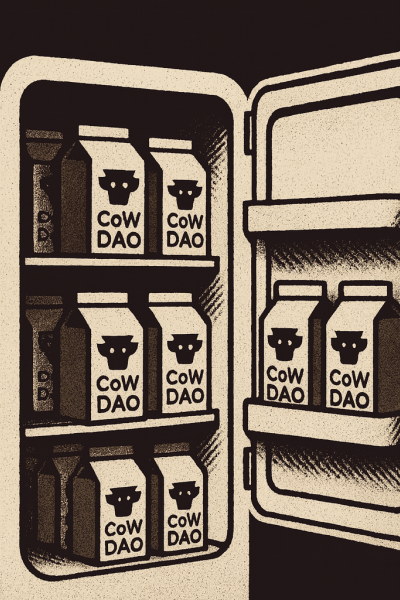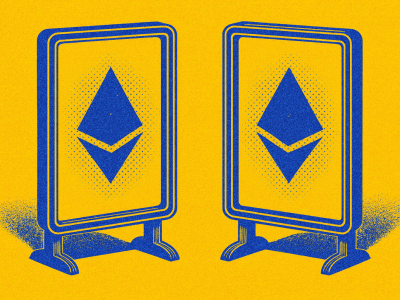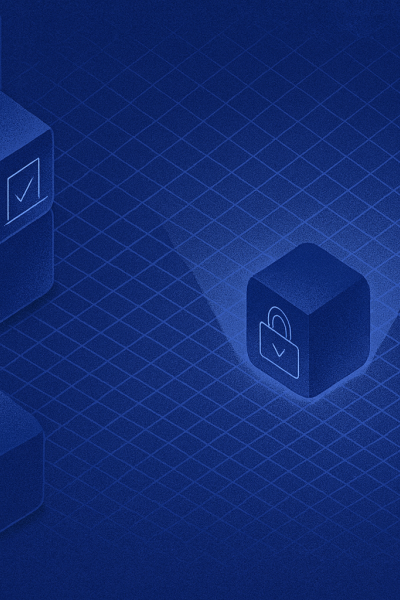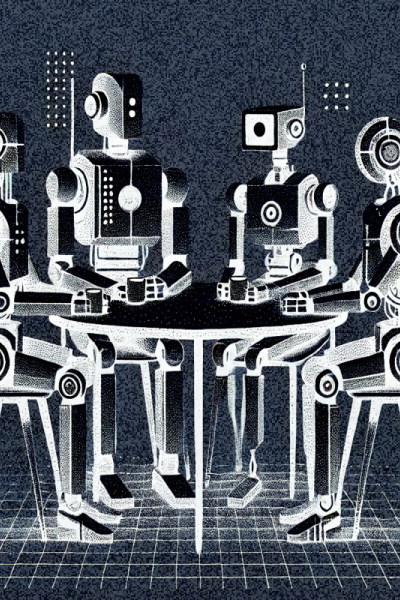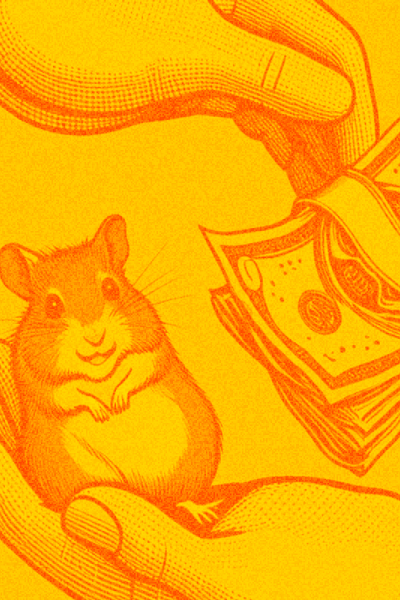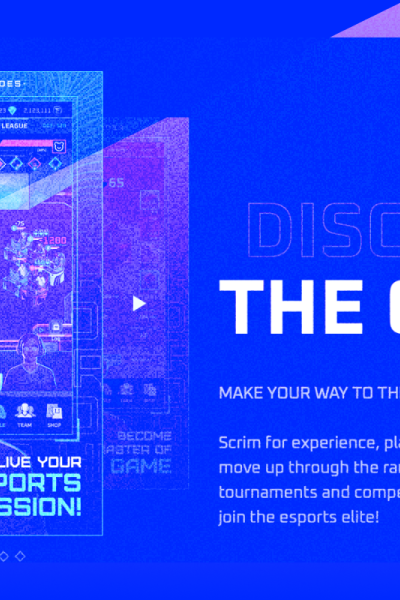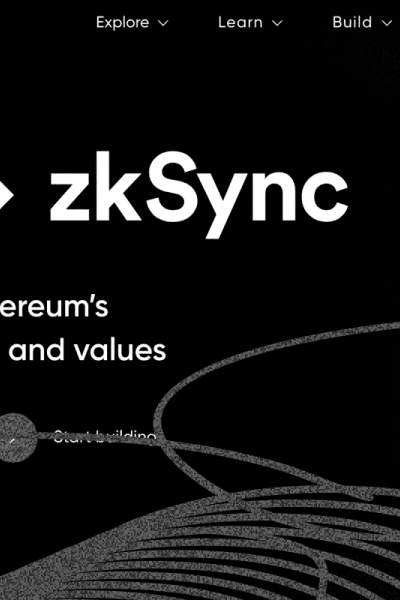How does a mobile application help increase sales?
Business owners are daily concerned about how to earn more. Following the goal, they use all resources, keep going and look for innovative solutions.
Sales grow along with customer satisfaction. The more people are satisfied with the product, the higher the demand for it. However, user demands are constantly changing. So, it requires a constant business transformation. Due to technologies, business processes, consumer models and markets are transforming. New products, services and business directions appear.
Today it is impossible to create a product without transformation. Of course, unless you make flatbreads in the tandoor. Digital transformation allows you to provide a service to more people at a lower cost. It is profitable and convenient, so people take advantage of it. For example, the emergence of self-checkouts has made significant changes in retail.
On the one hand, it has affected the recruitment, adaptation and staff performance. Only one salesperson can work in the entire self-checkout area, operating as a consultant at once. There is no need to hire more employees, train them, take care of vacations and sick leaves in the long run. On the other hand, self-checkouts solve one of the customers' problems — a checkout queue. About 60% of respondents complained about them.
Today's consumption is focused on comfort. Mobile apps perfectly meet this demand through greater engagement. For example, the online store Wildberries was founded in the 2000s as an order centre for Otto's catalogue. It is a prime example of the new sales channels development. First, the retailer launched its website, then courier delivery. Later, sales increased due to an additional channel in the mobile application.
In addition to the ability to buy food and clothes, mobile applications make taxi, car sharing, delivery, rental, banking, etc. services more accessible and easy to use. From chatbots to analytics, there is almost no limit to the benefits.
How does a mobile app increase customer loyalty?
A high level of customer loyalty is the basis for long term business viability and growth. Loyal customers generate not only source income. They become brand ambassadors and advertise the product online and offline for free, attracting new clients. Successful companies with many years of experience know it and prioritise customer loyalty.
When people talk about customer loyalty, they usually mean brand loyalty. If a business can't keep a customer's attention, it will result in a vicious circle of recurrent costs on new customers' attraction. There is no way out and development prospects. In such a case, you will spend all the resources to keep up the business. According to the research, advertising and marketing costs on a new customer are five times higher than those to keep the regular one.
Mobile apps are an easy and convenient way to communicate with customers. You can enhance user engagement and loyalty through interactive programs by offering unique services or experiences.
The quality of customer service affects specifically brand loyalty. 80% of customers say that meeting their expectations has the same significance as a company product or service. Nowadays, it is not enough to create something unique to keep the customers' loyalty. The service convenience and efficiency is essential for building brand loyalty.
Another way to foster loyalty is the instant reward system for regular customers. For example, members of the Sephora Beauty Insider loyalty program get points for every purchase in the mobile app and exchange them into products. Points and discounts encourage customers to stay loyal to a rather expensive beauty brand.
How does a mobile application help reduce costs and increase employee efficiency?
Automation or optimization of business processes is necessary for keeping up a business. It is based on existing or slightly modified processes in the company and improves the employees' efficiency. A CRM system is a typical example of automation.
Mobile apps are perfect employee assistants within the company. They are not attached to the workplace. Mobile apps let us complete tasks in a more effective and fast way, minimise risks and bugs, as well as reduce costs. Delivery Services Express Courier are a good example of such a companies. Before we had mobile apps, bureaucracy was a big challenge for the couriers. It was necessary to control the application list and accept customers' payments somehow. At the same time, managers had to monitor the location and operation of the courier.
The development of the mobile app has made the couriers' work less challenging. They have all the necessary features in their hands, or rather, in their phones, including the order lists, payments and contact with managers. Communication has become easier and more accessible, control is better, the processes are automated.









